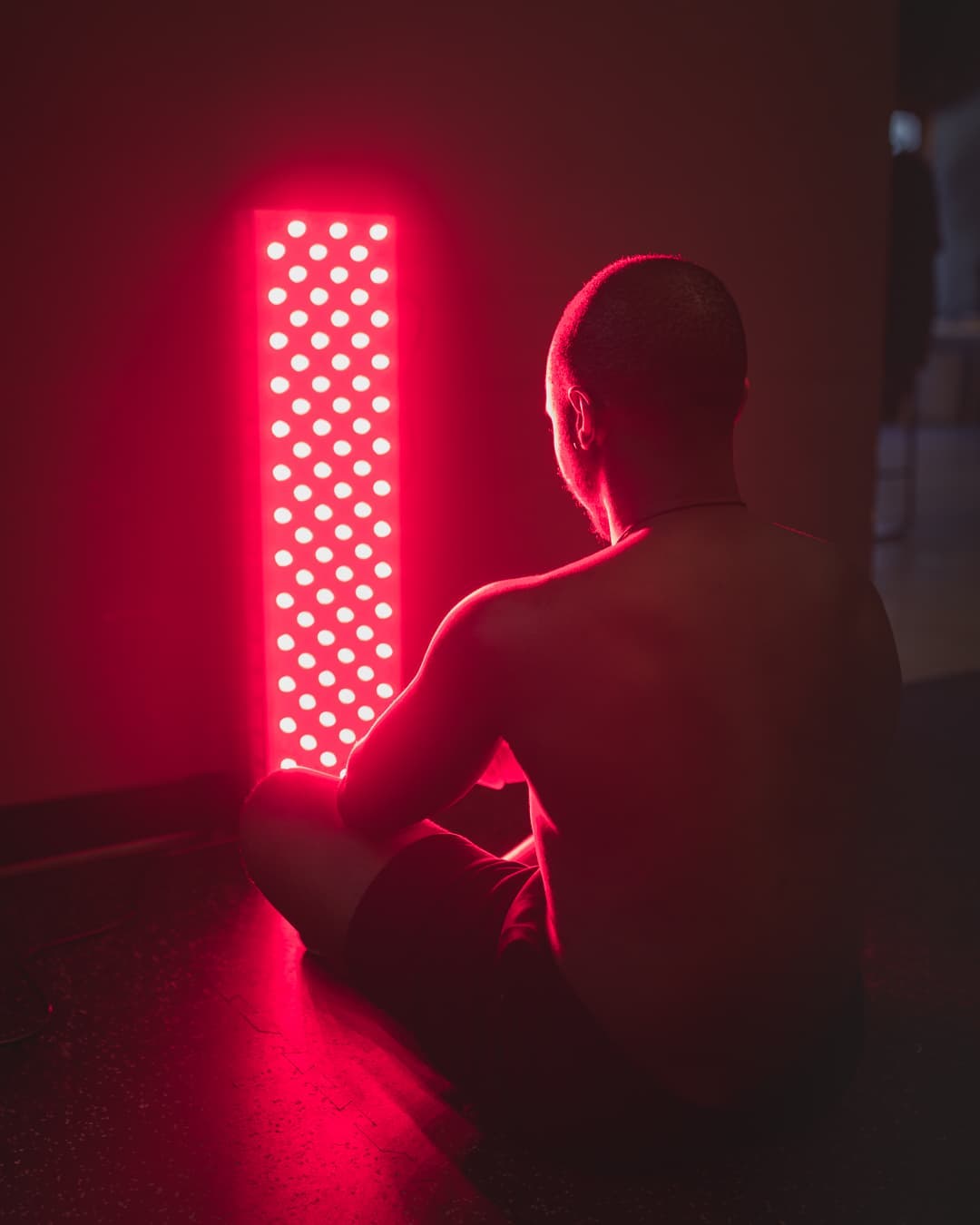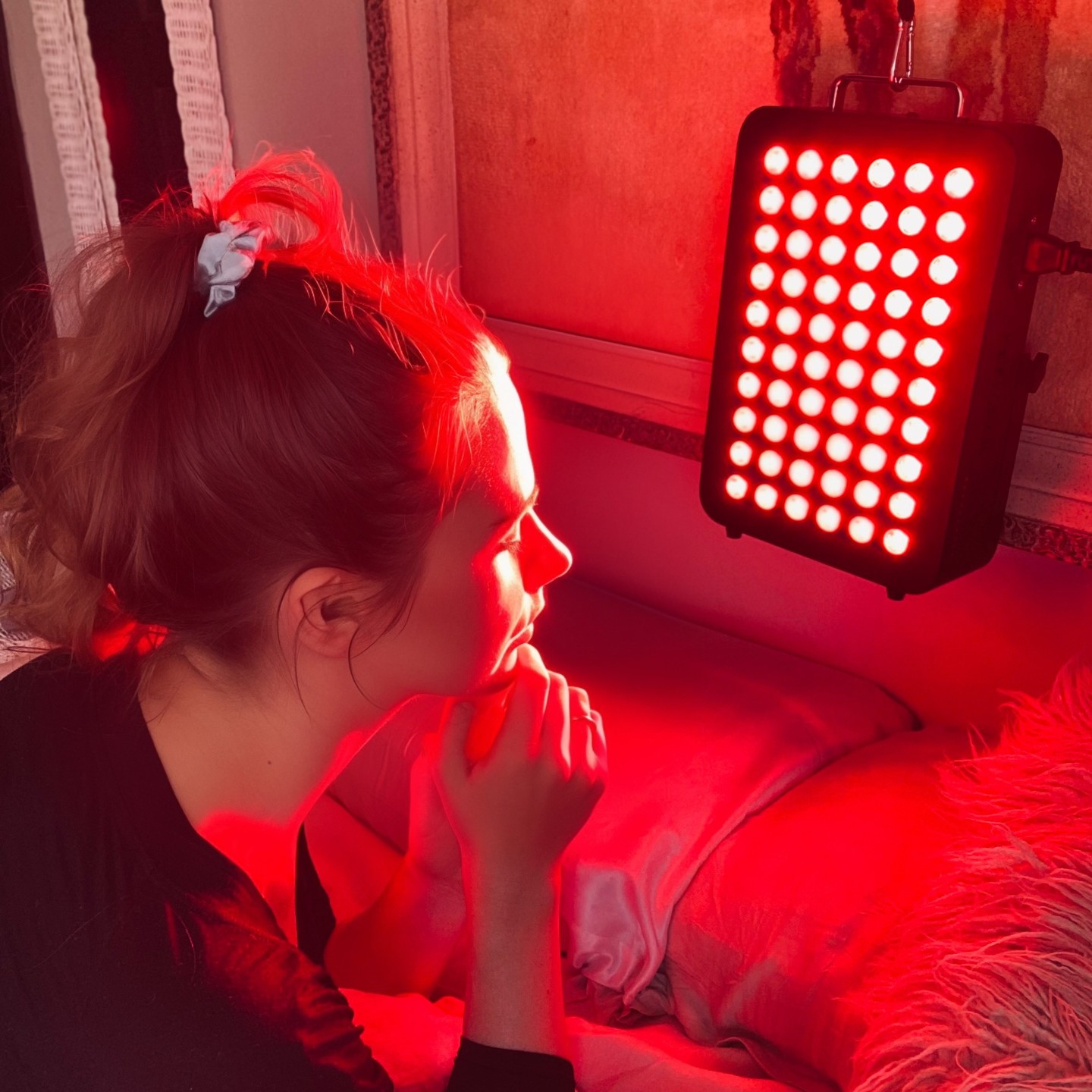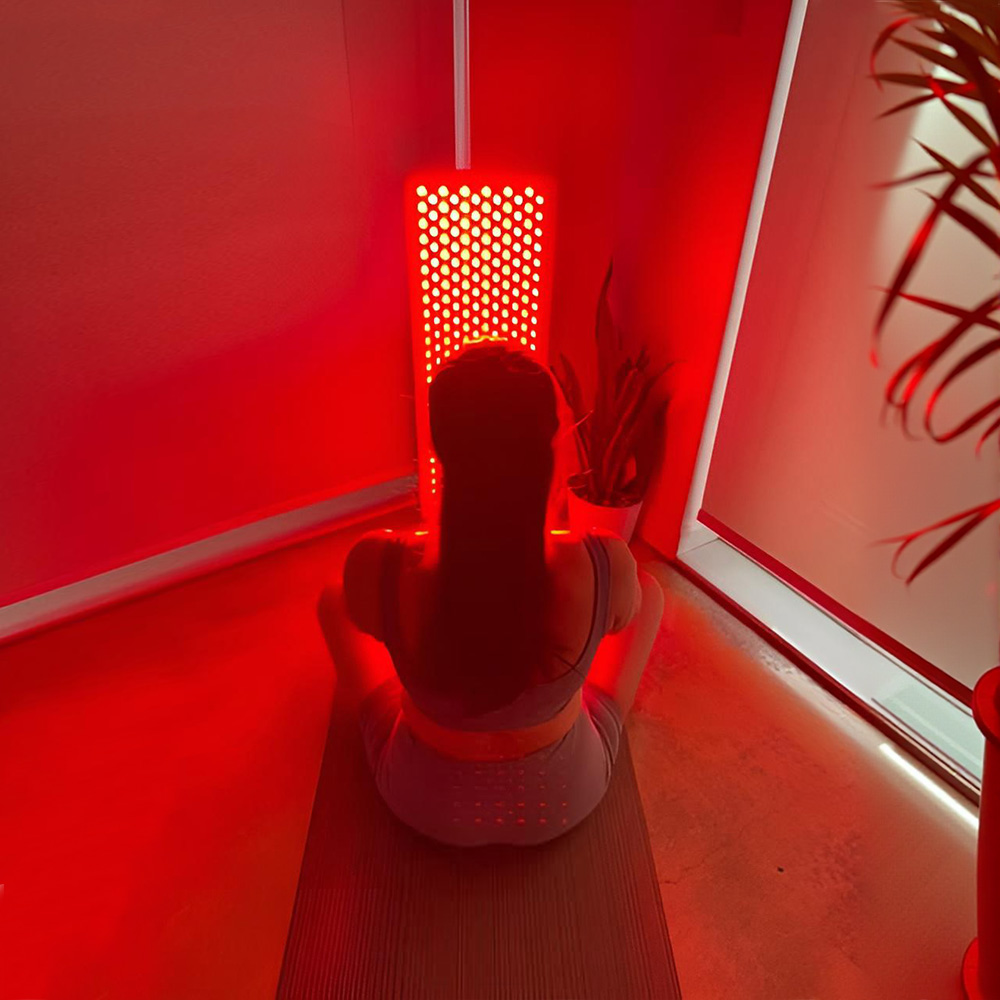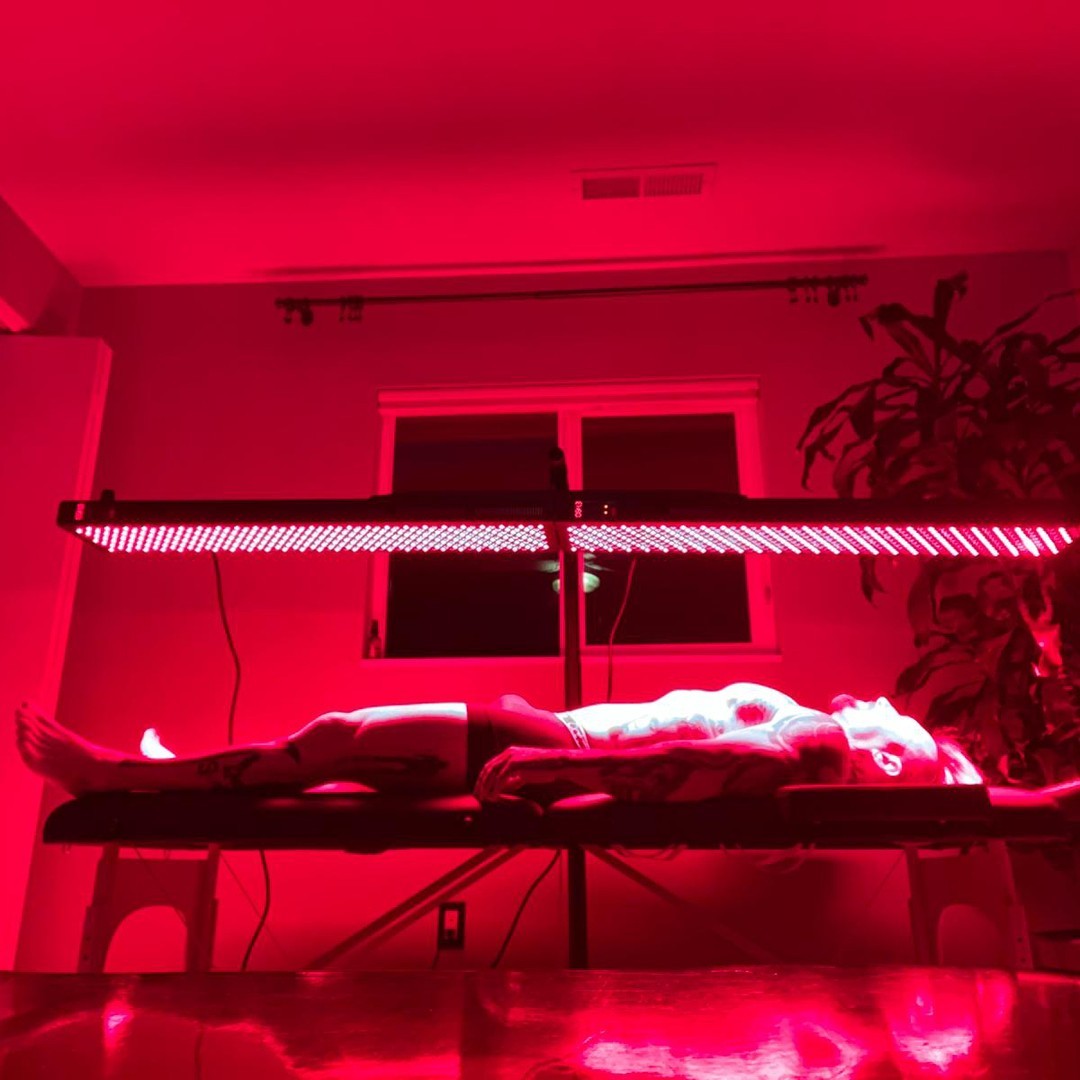![]() Free Shipping
Free Shipping ![]() Buy Now, Pay Later
Buy Now, Pay Later ![]() Eligible
Eligible
Red Light Therapy for Multiple Sclerosis: Managing Symptoms and Improving Quality of Life

Multiple sclerosis (MS) is a chronic autoimmune disease that affects the central nervous system, leading to symptoms such as fatigue, muscle weakness, pain, and cognitive difficulties. While there is no cure for MS, various therapies aim to manage symptoms and slow disease progression. One emerging treatment gaining attention is red light therapy (RLT), also known as photobiomodulation (PBM).
This article explores how red light therapy may benefit individuals with MS, the science behind it, and practical ways to incorporate it into a wellness routine.
Understanding Red Light Therapy
Red light therapy involves exposing the body to low-wavelength red or near-infrared light. Unlike UV rays, which can damage the skin, RLT penetrates tissue safely, stimulating cellular energy production and promoting healing.
How Does It Work?
- Boosts Mitochondrial Function: Red light enhances ATP (energy) production in cells, which may help combat MS-related fatigue.
- Reduces Inflammation: MS involves chronic inflammation damaging nerve cells. RLT has been shown to lower inflammatory markers.
- Promotes Nerve Repair: Some studies suggest RLT may support myelin sheath regeneration, crucial for MS patients.
- Improves Blood Flow: Enhanced circulation can alleviate muscle stiffness and spasms.
Potential Benefits of Red Light Therapy for MS
1. Reduces Fatigue
Fatigue is one of the most debilitating symptoms of MS. Since RLT enhances cellular energy production, many users report increased stamina and reduced exhaustion.
2. Eases Pain and Muscle Spasms
RLT has analgesic effects, helping to relieve neuropathic pain and muscle stiffness. A 2013 study in Photomedicine and Laser Surgery found that PBM significantly reduced pain in MS patients.
3. Supports Cognitive Function
Brain fog and memory issues are common in MS. Preliminary research suggests RLT may improve cognitive function by enhancing cerebral blood flow and reducing neuroinflammation.
4. Enhances Mobility and Coordination
By reducing inflammation and promoting nerve health, RLT may help improve balance and motor control in MS patients.
5. Accelerates Wound Healing (For Those with Limited Mobility)
People with advanced MS may develop pressure sores. RLT speeds up tissue repair, aiding in faster recovery.
Scientific Evidence: What Do Studies Say?
While research on RLT for MS is still evolving, several studies show promise:
- A 2020 study in Multiple Sclerosis and Related Disorders found that near-infrared light improved mobility and quality of life in MS patients.
- A 2017 trial reported reduced fatigue and better sleep in participants using RLT.
- Animal studies suggest RLT may protect neurons and slow MS progression, though human trials are needed.
Despite encouraging results, more large-scale clinical trials are necessary to confirm RLT’s efficacy for MS.
How to Use Red Light Therapy for Sclerosis
1. Professional Devices vs. At-Home Panels
- Clinical-grade devices (used in clinics) offer higher power and deeper penetration.
- At-home panels or wearable devices (like Joovv, Red Rush, or Mito Red Light) provide convenience for daily use.
2. Recommended Treatment Protocol
- Wavelength: 600–850 nm (red to near-infrared).
- Duration: 10–20 minutes per session, 3–5 times per week.
- Target Areas: Spine (for nerve support), brain (cognitive benefits), and affected limbs.
3. Combining RLT with Other Therapies
For best results, pair RLT with:
- Physical therapy (to improve mobility)
- Anti-inflammatory diets (such as the Wahls Protocol)
- Conventional MS medications (as prescribed by a doctor)
VELLGUS Elite V2
THE #1 RATED RED LIGHT DEVICE
VELLGUS pro V2
THE #1 RATED FULL BODY RED LIGHT DEVICE
Safety and Side Effects
RLT is generally safe, with minimal side effects. However:
- Avoid looking directly into the light to protect your eyes.
- Start with shorter sessions to assess tolerance.
- Consult your neurologist before starting, especially if you have light-sensitive conditions.
Real-Life Success Stories
Many MS patients report improvements after using RLT:
- Jane, 42: “After 3 months of red light therapy, my fatigue decreased, and I could walk longer distances.”
- Mark, 50: “My muscle spasms reduced significantly, and I feel more mentally sharp.”
Final Thoughts: Is Red Light Therapy Worth Trying?
While not a cure, red light therapy offers a non-invasive, drug-free way to manage MS symptoms and improve quality of life. As research continues, RLT could become a mainstream adjunct therapy for neurological conditions.
If you’re considering RLT, start with a reputable device, follow guidelines, and track your progress. Always discuss new treatments with your healthcare provider to ensure they fit your overall care plan.








